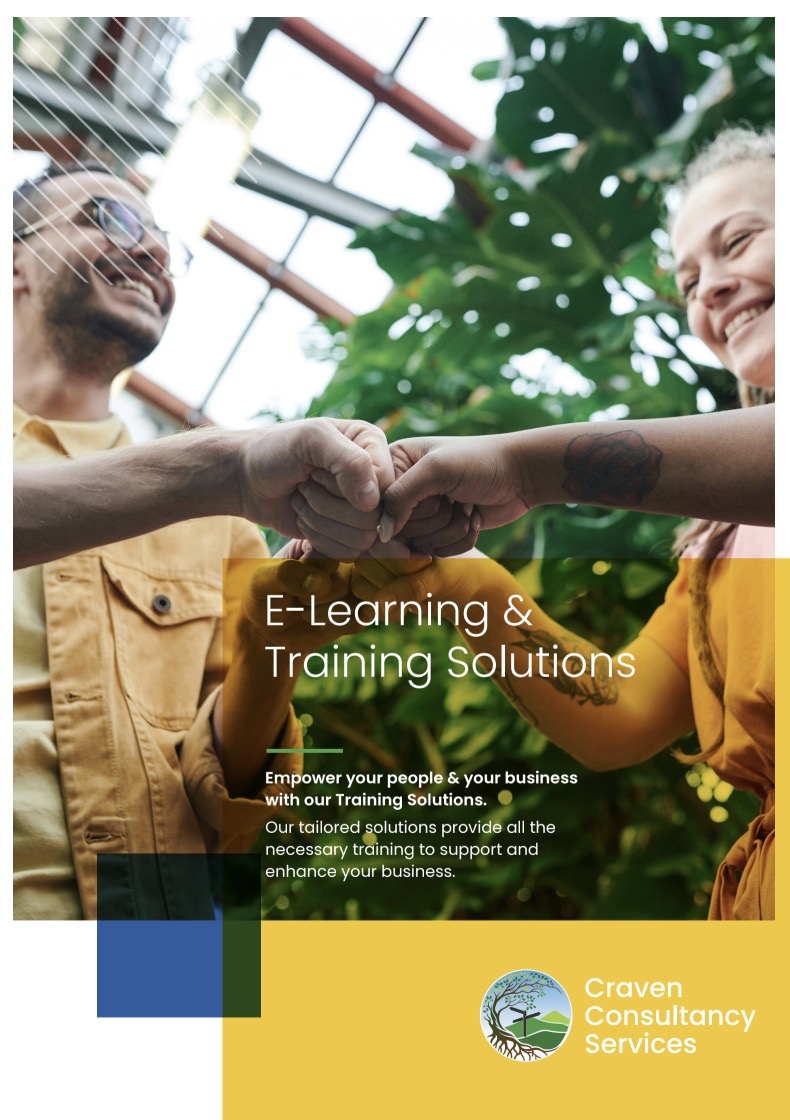This month we have a guest article by Chris McGrath providing an overview of the Draft Building Safety Bill that will aim to improve building and fire safety, so that people will be, and will feel, safer in their homes.
Why this Bill?
On 14th June 2017 a fire broke out at the Grenfell Tower, a 24 storey residential tower. Failures in the building’s design and maintenance caused the fire to spread at high speed. As a result there were 72 fatalities and 151 homes were lost. A major reform was needed.
The Scope of the Bill
It will cover all higher risk buildings. This will include all multi-occupied residential buildings, (new or existing) of 18 metres or more in height, or more than six storeys (whichever is reached first).
Expectations to improve safety and performance
The expectation is to reduce the risk of fires spreading across multiple dwellings. Also to reduce the risk of major fires. However, the proposals are not expected to have a material impact on the number of fires.
The Bill includes key new roles, functions and responsibilities
The Building Safety Regulator
- The Building Safety Regulator will introduce a better safety system. In addition they will be able to impose sanctions and regulations to ensure this happens.
- They will provide a more stringent regulatory framework to implement a stronger focus around building safety for developers and landlords.
- They will also instruct an industry-led competence committee, publish non-statutory advice and guidance for various sectors.
- The Regulator will also take enforcement action. They will be able to impose sanctions on the corporate bodies or building control companies that do not meet regulatory standards.
Duty holders
- Duty holders will implement a system in every building to ensure that the person, or entity, that creates a building safety risk is responsible for managing that risk.
- The building cycle will be split into gateways – phases of the building’s life – with different duty holders for different gateways. For example, the duty holder for the design phase of the build will be the principle designer. For the construction phase, it will be the principal contractor.
- The regulator will assess the gateway at each handover. A ‘golden thread of information’ will connect these different phases. This will include details about the original design and construction, as well as details on the changes and upgrades to the building during its life cycle.
- Once the building is occupied, the duty holder will become the accountable person. The accountable person is usually the building owner.
Accountable Person’s Responsibilities
- The Accountable Person will submit a Residents Engagement Strategy (which will include a complaints procedure) to the Building Safety Regulator. They will also listen and respond to concerns and ensure residents are heard.
- Their responsibilities will also include developing a Safety Case Report. This will be submitted to the Building Safety Regulator as part of application for a Building Assurance Certificate.
- In addition they will conduct and maintain a Safety Case Risk Assessment (on new and existing buildings). They will also appoint a Building Safety Manager to oversee it day to day.
Safety Case
This is a full building description that explains how the fire and structural risks in a building are being managed by the Building Safety Manager. It will include –
- An explanation and justification of the approach being taken to manage risks.
- A hazard and risk assessment.
- A summary of mitigation measures.
- The approach to risk management.
Building Safety Manager
- The Building Safety Manager will support the accountable person in the day-to-day management of the building. Above all they will ensure that safety standards are adhered to.
- They will also communicate the work that has taken place on the building to stakeholders. This will ensure that the building is meeting the regulator’s requirements. Also that it is on top of any advice or non-statutory guidance put in place by the regulator.
Cost to Leaseholder
Under the new plan, a new “building safety charge” will be set up for leaseholders. Fire Safety works are currently paid for through the service charge. This new charge will be separate to the service charge. The money will need to be held by the Freeholders in a separate account (held by a financial institution). This money will only be available for Fire Safety works.
If the freeholder has not provided a clear breakdown of costs, leaseholders will also be allowed to refuse payment if the charge is deemed “unreasonable”. However, under the new rules, leaseholders will be required to pay the fire safety charge within 28 days of when the bill was issued. They will be required to cover some of the new measures brought in under the bill. This will include items such as paying for a Building Safety Manager and the day-to-day management of the building.
New committees
- A Building Regulations Advisory Committee, to provide evidence-based guidance on new issues that emerge in the built environment sector.
- Also a new committee for industry competence. This will overcome the fragmented and inconsistent competence of workers and managers that currently exists in the building safety sector.
- In addition, a new residents panel will be put in place to ensure residents have a voice in the changes being made to building safety guidance. This will include residents of high-rise blocks and representative tenants groups.
New Homes Ombudsman
A New Homes Ombudsman will allow a better mechanism for new home owners to make complaints against developers about the quality of the construction. (There is currently no mechanism for new home owners to make these complaints.) The Ombudsman will work with developers to come up with a code of practice that could be used in relation to sales, marketing and standard and quality of workmanship.
The full details of the Bill can be found on the Government website.
https://www.gov.uk/government/publications/draft-building-safety-bill













